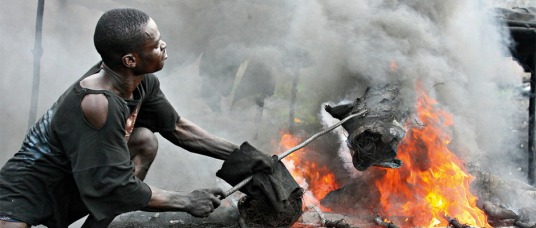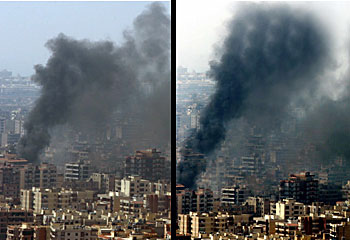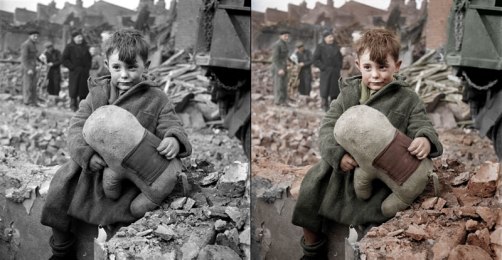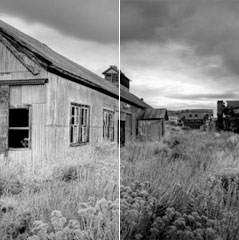How digital technology changed the role of photography in the society?
The history of camera’s go way back, even more than the introduction of photography. It evolved first as from being a camera obscura, and through many years and after, daguerreotypes, calotypes, dry plates, film, and digital cameras.The very first successful photo from a camera image was taken in 1816 by Nicephore Niepce. Personal photography became popular in the 19th and 20th century. In the early days, photography was used mostly for special events such as anniversaries, christmas, birthdays, and trips and etc. They wanted to keep a photo of the place or event or the person during that time as a memory. If any personal photo didn’t turn out well, it would be upsetting because it was taken at that moment and it costs a lot with the filming and printing. Back then, there weren’t many gadgets that had cameras built in them. Everyone had to take photos with those big cameras with film in them and walking along with extra films in their canisters. Owning a camera and getting the photos printed and stuff was very expensive. It was tough to afford so more of richer people had those better bigger cameras.
Digital technology has changed the role of photography in society in many ways. Technology has advanced so much that photographs can be captured anywhere and anytime.
Photos can be now sent to another person through text messages, shared online on emails, internal hard drives, and save onto usb’s and memory cards. The role of photography has changed so much in society that even younger kids know how to work with them. Now, pictures are not just taken on special occasions, but almost all the time for the littlest things. People take a lot of “selfies” and share it on social networking. In conclusion, digital technology made photography much simpler and affordable.
What has been the impact of digital photography on journalism?
Digital photography has completely changed the realm of journalism. The progress of technology in digital photography and editing software now enables the photographer to post things immediately as they happen along with the ability to recreate moments through editing if the perfect picture isn’t captured. Before digital photography a lot of time was spent waiting for the perfect picture, where-as now the focus is on how to be the first to break the story with photos and articles being released instantly as the story unfolds.

Pictures can be taken and posted immediately to improve the reporting of news and allow society to be involved as the action takes place.
In the course material we looked at many different photographers through the ages and their opinion on using digital photography and editing to document events. There are many opposing views on the techniques used that digital photography has brought into journalism. Some think that it has had a very positive effect in that you now can create the moment in post-production if the perfect picture wasn’t captured and that being able to view photographs as you take them allows more of the story to be told through pictures. The other side is that all editing is shaping the view of the picture and can mislead the audience instead of accurately documenting the story.

This is a well- known example of a photographer that was caught for using editing techniques on his photos to enhance the story. Extra smoke was added to the picture for exaggeration on events that took place.
Editing photographs has always been around, before digital there were darkroom techniques used to enhance photos but it is not nearly on the same scopes as what can be done today.
Another main impact of digital photography on journalism is now having many more rules and laws instated in order to keep photojournalism accurate and not to influence how viewers see the story. The presence and scope of social media now means that a story can be shared internationally instantly, which is positive but leaves a lot of responsibility to the photographers as opinions can be formed before details of the stories are released.
Photojournalism has an important task of accurately documenting events so that they can be visualized and looked back upon for years to come. The presence of digital photography in journalism has the biggest effect here as now so many more events and details are documented that society can revisit for centuries to come. Looking backwards imagine if digital photography has existed during all the big historical events of the past? Here is an article that was posted where a photographer went back and edited black and white photojournalism from the past to add colour and provide a glimpse of what these pictures would have looked like with digital technology from today.

This is a photo of a child who was orphaned by the war sitting in the aftermath of the disaster. London 1945. Taken from the article on adding digital editing techniques to historical photojournalism.
Author
Stephen Orr
Maahnur Siddiqui
Katarina Ganigan
Sources
http://twistedsifter.com/2013/08/historic-black-white-photos-colorized/
https://sites.google.com/site/shootingthetruth/Home/modules/week-12/course-notes-week-12
http://en.wikipedia.org/wiki/History_of_photography
http://en.wikipedia.org/wiki/Timeline_of_photography_technology
http://cdn.c.photoshelter.com/img-get2/I0000yTSHGTReks0/fit=1000×750/35mm-Film-Canister.jpg



